
Lost in therapy
Logos and pathos in therapeutic processes
Online conference
Chairs: Susanna Federici, Gianni Francesetti, Michela Gecele, Gianni Nebbiosi
The conference is in English and translated into Italian, Spanish, Ukrainian and Polish
The pathic dimension of feeling and the verbal dimension of meaning have been explored and emphasized differently by the many various approaches of psychotherapy and psychoanalysis. Those same models have looked at these issues differently at different times in their history, corresponding to different phases of society.
Ever since its inception and in opposition to psychoanalysis at that time, Gestalt therapy has emphasized the importance of feeling and bodily expression as a fundamental pathway for therapeutic change, leaving conscious thought in the background of the process. By contrast, psychoanalysis has always emphasized the importance of cognitive understanding and verbalization in therapeutic processes, leaving the bodily and sensory dimensions in the background. This enlightening contrast is by no means surprising if we consider that Gestalt therapy derived from psychoanalysis, in an effort to redefine theory and clinical practice in the light of social change and its related problems, resources, and needs.
Pathos and Logos are thus two dimensions of therapeutic experience brought into play in different, sometimes polarized, ways by different clinical approaches. Here we focus on psychoanalysis and Gestalt therapy because the polarization between them is very evident and because this conference is promoted by Gestalt therapy and psychoanalytic institutes. However the discourse can be extended in other ways to other therapeutic approaches.
Much has changed since the 1950s, when Gestalt therapy first made its appearance, for these models, as for others. Over time, the social and cultural framework has changed, and with it so have clinical demands, while new theoretical influences and new research findings have emerged.
As such, it seems to us the time has come to think harder about these dimensions, to disentangle ourselves from practices that sometimes risk reintroducing, almost automatically, traditions that have privileged one dimension at the expense of the other. To do so we need to start from the clinical reality of today, from the social and cultural ground constituting the humus of contemporary suffering.
We posit that in an age of fragile or even insubstantial relational grounds, of accelerated and fragmented time, of contracted and encroached space, feeling cannot be separated from meaning. And, of course, vice versa. In clinical practice, where we encounter difficult paths of personality formation, therapy requires both embodied listening to emotions and experiences, which are often disembodied, fragmented or dissociated, and meaningful thinking, weaving together shared, transmissible, verbalizable memory. In clinical work today, we need traces of meaning—threads that weave together identity and forms of existence.
How should these two dimensions be pursued in therapy? How can we sustain a process in which pathos and logos circularly support the signification and integration of experience? How can we support the processes of personality growth and assimilation in an age marked by such a paucity of roots, by the lack of shared space-time dimensions and by insufficiently clear and stable boundaries?
How can this be articulated in a “we” in which we do not get lost?
CO - SPONSOR

PROGRAM
Day 1
Welcome and opening remarks: Susanna Federici, Gianni Francesetti, Michela Gecele, Gianni Nebbiosi
Logos and Patos: Philosophical Introduction
Keynote speaker: Leon Heuts
Discussant: Paolo Migone
Questions & Answers
Logos and Pathos in Gestalt Therapy
Keynote speaker: Monica Botelho Alvim
Discussant: Hazel Ipp
Questions & Answers
Logos and Pathos in Psychoanalysis
Keynote speaker: Jessica Benjamin
Keynote speaker: Michael Vincent Miller
Questions & Answers
Day 2
Logos and Patos: a psychoanalytic perspective
Keynote speakers: Susanna Federici, Gianni Nebbiosi
Discussant: Carol Swanson
Questions & Answers
Logos and Patos: a Phenomenological-Gestalt Perspective
Keynote speakers: Michela Gecele, Gianni Francesetti
Discussant: Rosetta Castellano
Questions & Answers
Panel of discussion on the lectures
Daniele Stevens
Miek van Dongen
Day 3
Discussion of a Clinical Case
Clinical case presented by Vincent Christiaens
Discussant Marco Ponta
Discussant Dan Bloom
Discussion of a Clinical Case
Clinical case presented by Fulvio Ambrosio
Discussant Lynne Jacobs
Discussant Sandra Toribio Caballero
Sharing from Small Groups
Conclusions: Julianne Appel-Opper, Inna Didkovska, Fernanda Munoz Polit, Lilian Frazao, Paolo Stramba-Badiale, Susanna Federici, Gianni Francesetti, Michela Gecele, Gianni Nebbiosi
Welcome and opening remarks
Logos and Patos: Philosophical Introduction
Logos and Pathos in Gestalt Therapy
Logos and Pathos in Psychoanalysis
Logos and Patos: a psychoanalytic perspective
Logos and Patos: a Phenomenological-Gestalt Perspective
Panel of discussion on the lectures
Discussion of a Clinical Case
Discussion of a Clinical Case
Sharing from small groups
Conclusion
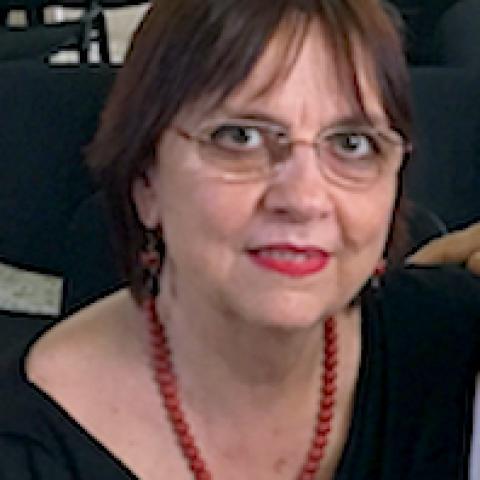

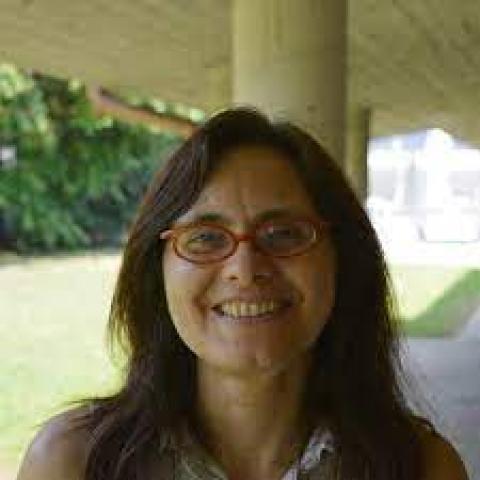

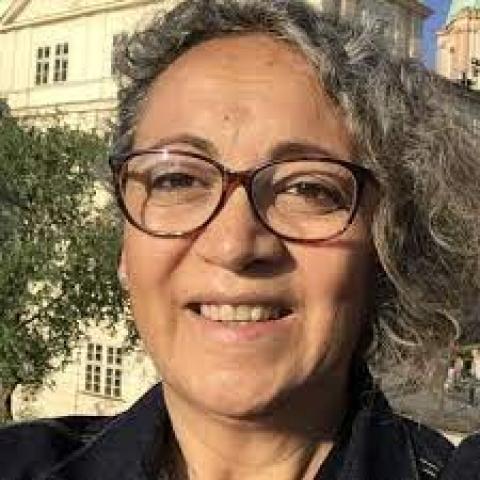


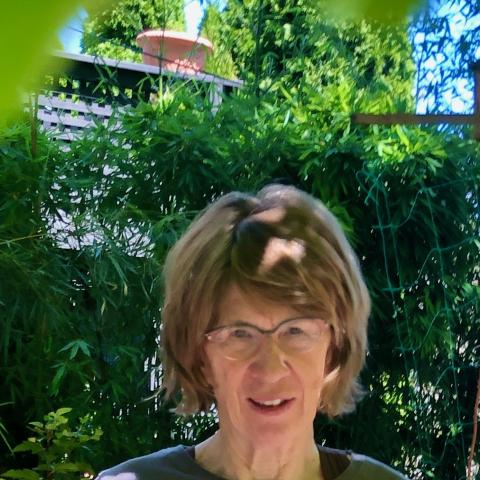
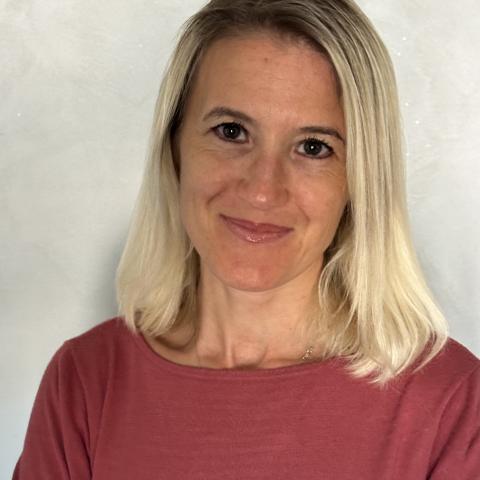

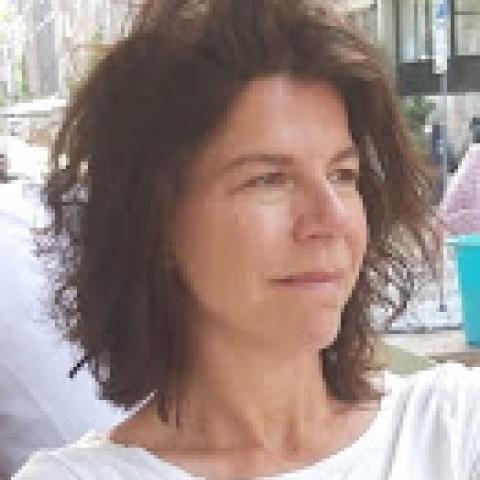

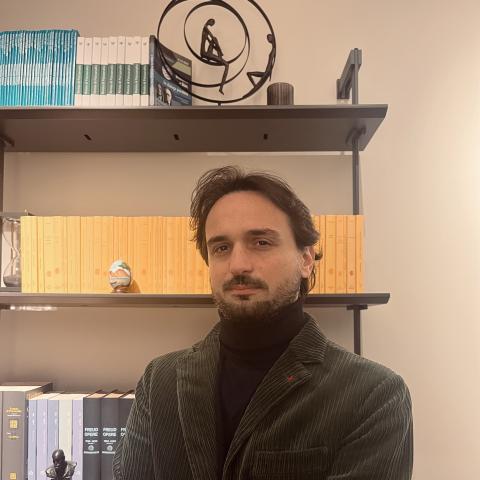




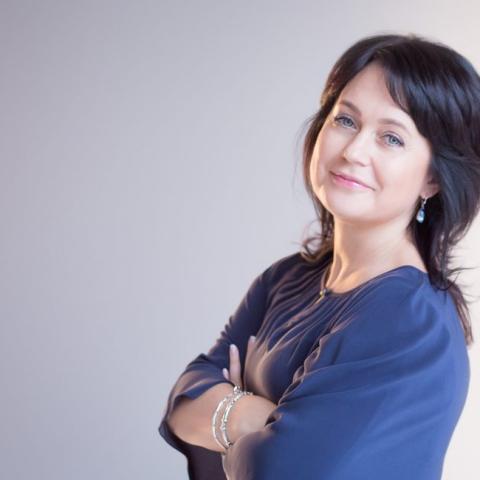
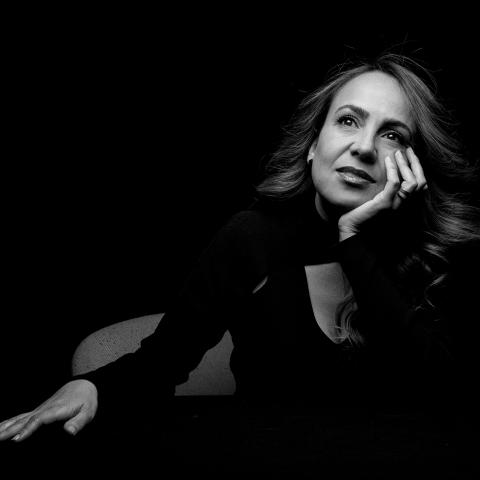
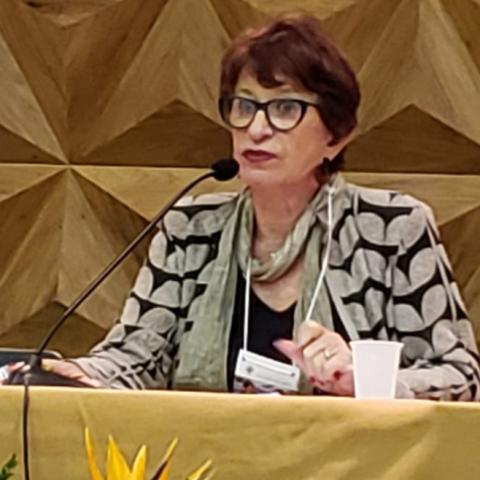

- Recordings available for 12 months from purchase
- All materials are downloadable